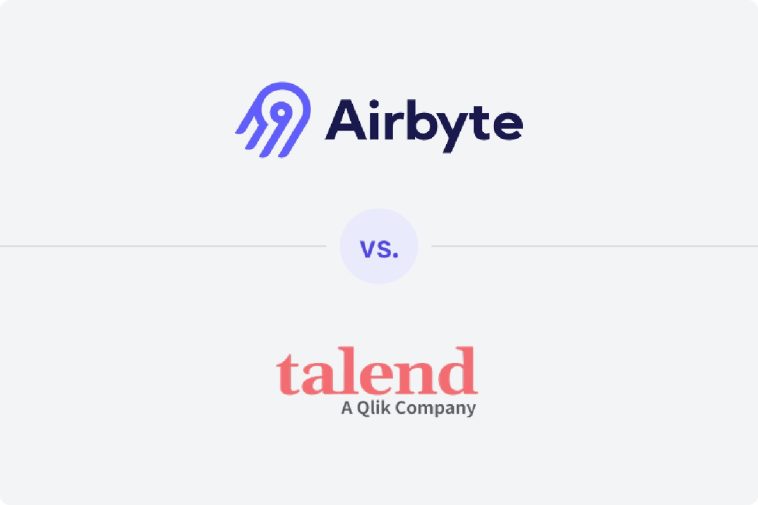The old ETL stack is dead. Companies can no longer afford brittle, siloed tools that drain productivity and cost billions in lost value. The winners for 2026 are AI-native, unified platforms that serve both engineers and business users. Keboola leads this shift by turning fragmented pipelines into governed, collaborative workflows—removing the friction between people and insights.
The end of the traditional ETL stack
Not long ago, most data teams were running a Frankenstein’s monster of a stack: one tool for extraction, another for transformation, a BI platform somewhere else, and governance duct-taped on top. Each system came with its own costs, learning curve, and failure points. The result was expensive, brittle, and slow.
Maintaining such fragmented stacks drains both budgets and talent. A widely cited survey by CrowdFlower found that data scientists spend about 60% of their time cleaning and organizing data and another 19% collecting it—leaving little room for analysis and innovation (Forbes, Dataversity).
McKinsey adds that a mid-sized organization with $5 billion in operating costs typically spends over $250 million annually on data activities, with 15–35% savings possible through better consolidation and governance.
Traditional ETL is no longer enough.
The new reality: Everyone is a data wrangler
Data is no longer the sole domain of engineers and analysts. Marketers, product managers, and finance professionals need answers too. And they expect them fast.
Yet most companies face the same obstacles:
- 99% still struggle with siloed data
- Knowledge workers lose up to 40% of their day switching tools
- Engineers burn out maintaining fragile pipelines
- Legacy platforms like IBM DataStage and Informatica slow everything down and drive up costs
Three AI-native platforms redefining the game
Keboola – data orchestration for everyone
Keboola unifies ingestion, transformation, governance, and automation in a single platform. Users can work visually, through CLI, dbt, or even via AI agents like Claude. This allows engineers, analysts, and business users to collaborate in one secure and governed environment.
Real-world impact:
- Creditinfo Group boosted productivity by 25% across 30+ bureaus
- P3 Logistic Parks unified 14 systems into streamlined workflows, calling Keboola “crucial to becoming a digital company”
wisdom.ai – AI for business users
Forget the dashboard backlog. Managers can simply ask a question in plain English and receive a visualized answer instantly. Descope cut dashboard creation time by 90% using wisdom.ai.
nao labs – AI for data engineers
Unlike generic copilots, nao labs understands your warehouse schema and context. It consolidates ingestion, transformation, debugging, and observability into a single IDE, reducing context switching and accelerating development.
Three irreversible shifts in data engineering
- From manual to autonomous – AI agents now build and repair pipelines in real time.
- From patchwork to unified environments – ingestion, transformation, and monitoring under one roof.
- From gatekeeping to self-service – data access is opening up to business teams, reshaping how organizations work.
Myths about modern ETL
Myth 1: More tools equal more flexibility
For years, many teams believed the best approach was to assemble a stack of best-of-breed tools. In practice, each new tool adds integration overhead, new training requirements, and more points of failure.
Teams often end up spending more time gluing the system together than actually using the data. Modern unified platforms prove that flexibility comes from removing friction, not from piling up more tools.
Myth 2: Unified platforms are more expensive
At first glance, a unified platform may seem costly. But when you add up the licensing fees for multiple tools, the consulting hours to connect them, and the hidden cost of ongoing maintenance, the “best-of-breed” approach is usually more expensive in the long run. Unified environments also save time across teams, and time is often the largest hidden cost in data projects.
Myth 3: AI will replace data engineers
AI is getting good at writing SQL queries and debugging pipelines, but this doesn’t mean engineers are obsolete. Their role is evolving: instead of firefighting broken scripts, they design architectures, enforce governance, and guide AI assistants. Modern ETL is not about replacing humans—it’s about augmenting them so they can focus on higher-value work.
How to choose a modern platform
The key questions have changed. It’s no longer just about speed or connector count. What matters is whether engineers and business users can both feel at home, whether multiple tools can be replaced with one, and whether the platform adapts to a future shaped by AI agents and self-service.
Keboola stands out as one of the leaders of this shift. It is an orchestration layer connecting ingestion, transformation, governance, and automation—designed for both technical and non-technical users. Companies adopting Keboola report higher productivity and faster decision-making.
Modern ETL is not about moving data faster. It’s about removing the friction between people and insights.
FAQ
How do I know it’s time to move to a modern platform?
If your team spends more hours fixing pipelines than analyzing data—or if business users are waiting days or weeks for answers—it’s time. Another red flag is the rise of shadow IT, where employees bypass official channels because they can’t get the insights fast enough.
Are AI-native platforms secure enough for regulated industries?
Yes. Serious providers bake governance and compliance into the core architecture. Features like access control, audit logs, and encryption are not add-ons but defaults. This allows even banks, insurers, and healthcare organizations to leverage AI assistance without violating regulations.
What’s the biggest advantage of consolidating multiple tools into one platform?
It’s not just about saving on licensing fees. The real advantage is speed. With fewer tools, there’s less context switching, fewer errors, faster reporting, and better collaboration across teams. Engineers are freed from repetitive maintenance work, while business users get real-time insights. Ultimately, it means faster decisions and greater adaptability in a competitive market.

